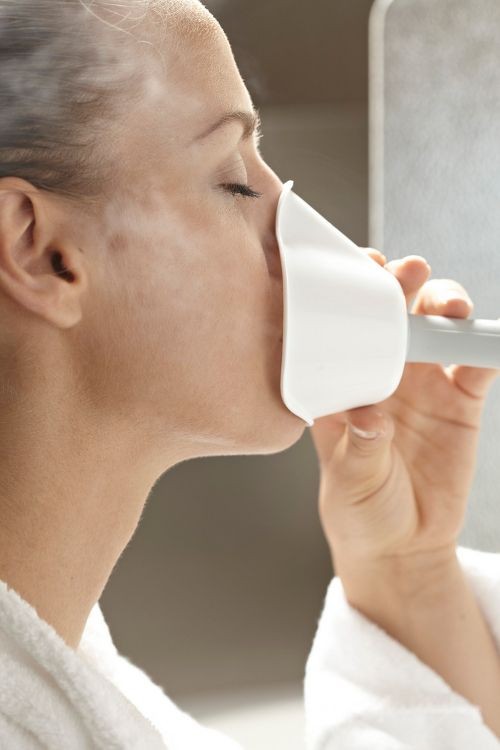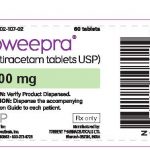
Contents
Benefits of Aerosol Treatment
Aerosol treatments allow for direct delivery of medications to the bloodstream through the lungs, bypassing the need for painful and infection-prone IV injections. This method is commonly used for lung conditions like asthma and has potential benefits for other therapies as well.
Aerosol therapy involves administering medication directly into the airway and lungs using a medical device such as an inhaler. It involves suspending liquid and/or solid particles in a medical device to create a fine aerosol that can be inhaled or propelled into the airway and lungs. The most commonly administered inhalation medications are bronchodilators and corticosteroids.
Uses of Aerosol Therapy
Aerosol therapy is primarily used to treat respiratory disorders, including:
- Obstructive lung diseases like asthma, chronic obstructive pulmonary diseases (including bronchitis and emphysema), bronchiectasis, and cystic fibrosis.
With advancements in aerosol delivery systems, the use of aerosol therapy is being explored for non-respiratory systemic diseases. Inhaled therapy can offer a more convenient alternative to injections for chronic conditions, improving patient comfort.
Macromolecular medications, which are not suitable for oral intake, require injection. However, the advancements in aerosol delivery systems have made it possible to deliver these medications to the lungs, where they can be rapidly absorbed into the bloodstream.
Aerosol therapy is currently being studied for use in non-respiratory conditions such as diabetes, pain relief, thyroid disorders, and genetic diseases.
QUESTION
Benefits of Aerosol Treatment
The benefits of aerosol treatment include:
- Direct delivery to the treatment site
- Faster onset of action compared to oral medication
- Lower dosage requirement compared to systemic administration
- Reduced systemic adverse effects
Modes of Aerosol Drug Delivery
Aerosol drugs can be delivered through the following modes:
Metered Dose Inhalers
A metered dose inhaler (MDI) is a handheld device that uses a pressurized canister to deliver precise medication doses. It consists of a plastic sleeve with a mouthpiece and a pressurized metal canister containing the medication, a surfactant to disperse the solution into aerosol particles, and a propellant to propel the particles forward.
Advantages
- Portability
- Multiple dosage delivery
- Low risk of bacterial contamination
Disadvantages
- Need for precise coordination of actuation and inhalation
- Possible medication deposition in the mouth and throat
- Possible flammability of the pressurized propellant
- Not suitable for people with sensitivity or cardiotoxicity to propellants
Inhalation Accessory Devices
Inhalation accessory devices enhance the action of metered dose inhalers. They can attach to the mouthpiece and slow down the high-pressure spray into a fine mist. There are two types of inhalation accessory devices:
- Spacers: Provide space for the aerosol spray to slow down and become a fine mist. Can be used with a pediatric mask. There are two types: open tube spacers and reverse-flow spacers that alert if the patient inhales too quickly.
- Valved Holding Chambers: Have a one-way valve that keeps the mist inside the chamber until the patient inhales through the valve. Most devices alert if the patient inhales too quickly.
Advantages
- Enhanced drug delivery
- No coordination required between inhalation and actuation
- Prevents exhalation of air into the device
- Reduced drug deposition in the mouth and throat
Disadvantages
- Bulkier in size
- Possible bacterial contamination; requires regular cleaning
- Static electricity may reduce lung drug delivery
Dry Powder Inhalers
Dry powder inhalers (DPI) contain medication in the form of minute particles inside a capsule or blister. The patient punctures the capsule/blister and inhales the medication through the mouthpiece. DPIs do not require a propellant and are actuated by the patient’s breath.
Types of dry powder inhalers include Diskus, Aerolizer, HandiHaler, Twisthaler, and Flexhaler.
Advantages
- Portability
- No propellant required
- No need for spacers
- Actuated by breath, no coordination required
Disadvantages
- Require good inhalation flow rate, not suitable for acute asthma attacks or children with reduced lung function
- Medication deposition in the throat
- Humidity may cause clumping and reduce dispersal
Nebulizers
Nebulizers are electrical devices that transform drug solutions into breathable aerosol particles through nebulization. Tabletop nebulizers can be plugged into wall sockets, while portable models run on batteries.
Nebulizers are especially useful for patients who cannot use other inhalation devices due to illness or age. They can be used with a mouthpiece or a mask.
There are three types of nebulizers: pneumatic jet nebulizer, ultrasonic nebulizer, and mesh nebulizer.
Advantages
- Useful for patients unable to use other inhalation devices
- Large doses can be administered
- No coordination required from the patient
Disadvantages
- Higher cost
- Less portable
- Longer setup and administration time
- Jet nebulizers require a compressed gas source


